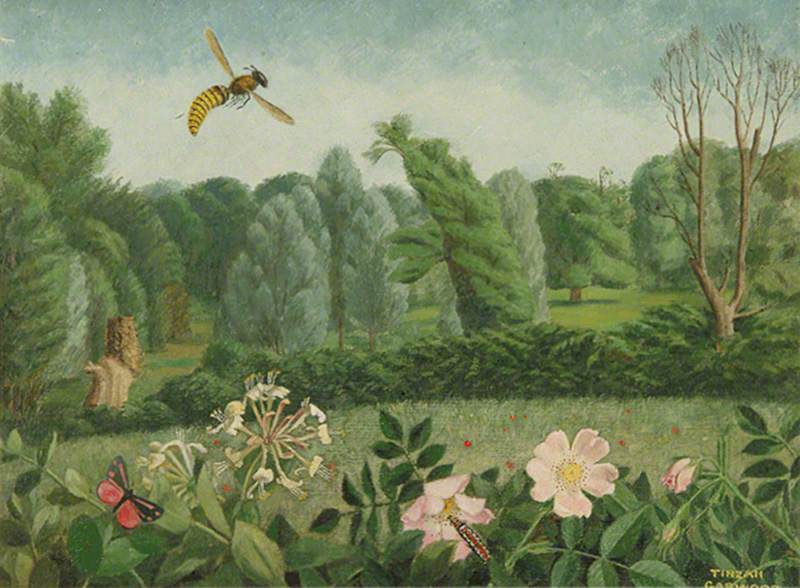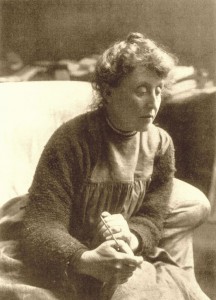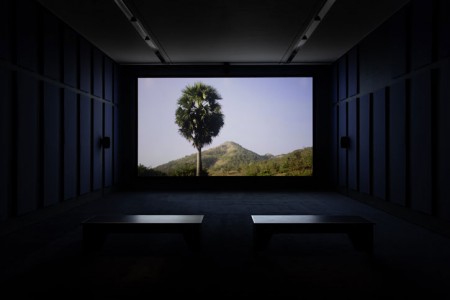A figurative portrait of a young Black man in a soldier's uniform made in ink on tracing paper has been laid on to an archive photograph of a young white man, also in uniform.
The photo is the kind probably made to send home – he stands in front of an alpine landscape, most likely a studio backdrop. The men look brave but vulnerable. We have become increasingly familiar with such images in these past years that have marked the centenary of the First World War.
I Was There IV was made by Barbara Walker in 2019. The title of her work states it plainly: here are the soldiers sent to fight the war of the (colonial) masters.
Even after the Second World War, the contributions made – and deaths suffered – by Black and Asian soldiers were barely acknowledged. There is an eloquent anger in this work, and I like the fact that Walker uses tracing paper – she is not eclipsing the white soldier with her drawing. It's also important that the figures are anonymous, taken from archives: recognising that many died unknown, Walker marks their individual presences.
The drawing comes from a series that grew out of Walker's research into Black soldiers in the British army. Shock and Awe started with the war in Iraq but Walker began to delve further back, to take in the First and Second World Wars. At the 2017 Venice Biennale, she drew larger-than lifesize Black soldiers on the stairwell of a palazzo; Walker brings drawing and printmaking to the foreground of her work, using line, scalpel and print to make something bold.
The drawing was given to Bristol Museum & Art Gallery through the Contemporary Art Society's acquisition scheme, and with help from the museum's friends' organisation. We installed it at the museum last November to mark Remembrance Sunday, but then we had to close because Bristol was put into tier 3 restrictions.
Julia Carver, curator, modern and contemporary art, Bristol Museum & Art Gallery


















.jpg)






